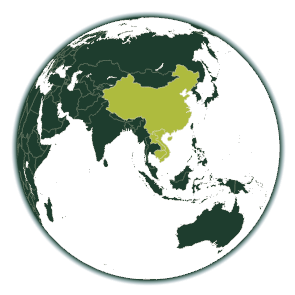Potentilla indica
Mock Strawberry
Potentilla indica, also known as mock strawberry, is a herbaceous plant in the rose family (Rosaceae). It is native to South and East Asia and has been introduced to many other parts of the world. Today it is a widespread invasive species in many temperate and subtropical regions. The plant forms flat rosettes with three-part leaves that resemble those of strawberries, hence the name. The flowers are yellow, in contrast to the white or pink flowers of strawberry plants. The fruits look similar to strawberries, but are hard and tasteless. The mock strawberry spreads both vegetatively and by seed. The plant produces runners that can form roots and produce new plants. Potentilla indica grows in a variety of habitats including woodland, grassland, urban areas and disturbed sites. It is able to establish itself under a wide range of light conditions, but can thrive best in full sun. It prefers moist, well-drained soils and is resistant to many common herbicides.
Types of damage
Region of origin
China, South East Asia

Introduction vectors
Current distribution
Based on the FlorKart Database of the Federal Agency for Nature Conservation, as of 2013
Miscellaneous
Dispersion forecast
Indicates the proportion of land suitable for habitat under current and future climate conditions (2060-2080) under three emission scenarios (RCP26, RCP45 & RCP85).

Habitat suitability under current climate conditions
These habitat suitability maps show for Potentilla indica where suitable habitat conditions exist.
The map on the left shows this for current climate conditions. Below this are maps for the time classes 2040-2060 and 2061-2080, in which three different emission scenarios can be selected.
The slider at the top left allows you to adjust the opacity of the map to make orientation easier.
By clicking on the respective quadrant, information on the environmental conditions present in it can be called up.
The methodology is explained here .













